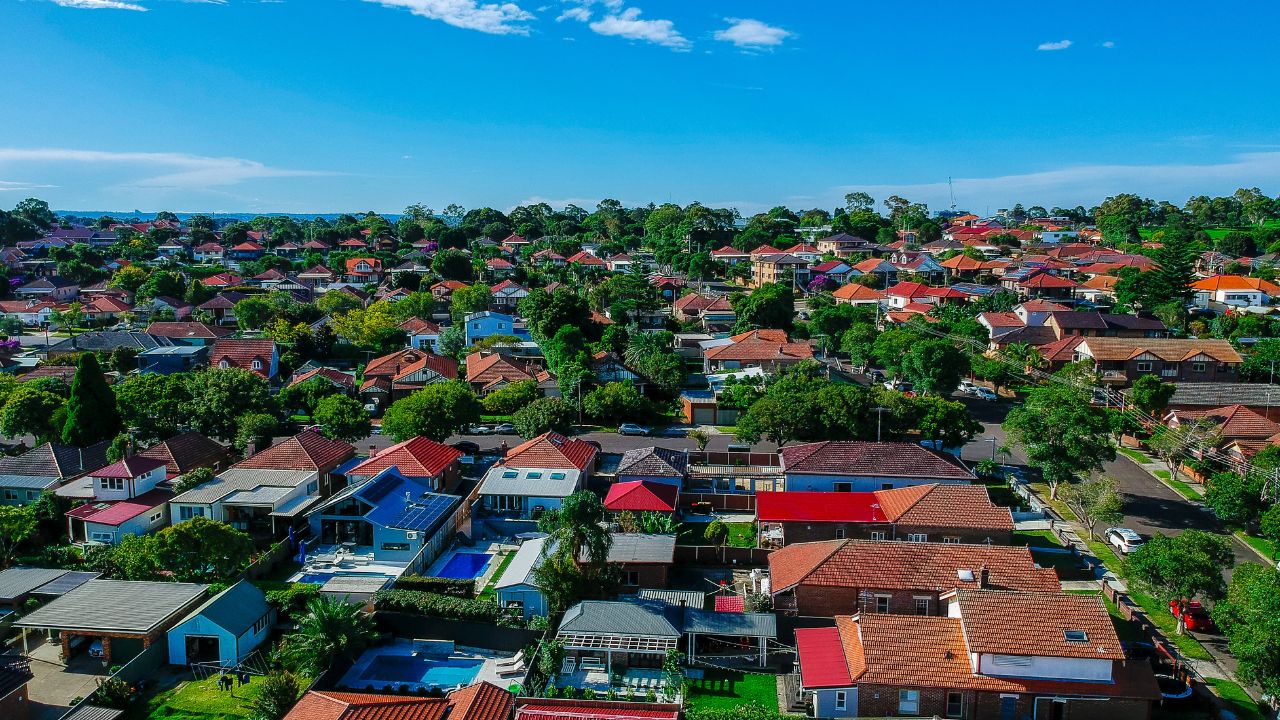According to Cotality’s latest Quarterly Rental Review, national dwelling rents increased by 1.4 per cent in Q3, marking the largest three-month rise since June 2024.
This represents a significant uptick from the 1.1 per cent increase recorded in the previous quarter.
The annual trend shows rental growth at 4.3 per cent over the 12 months to September, up 90 basis points from the four-year low of 3.4 per cent recorded over the year to May.
Brisbane and Sydney are leading this acceleration in rental growth, with increases of 1.7 and 1.5 percentage points, respectively, compared to June.
Adelaide was the only capital city to see growth ease, down 90 basis points.
Cotality Economist Kaytlin Ezzy said persistent shortages in rental supply are driving the increased momentum in rental growth.
“Ongoing scarcity in ‘for rent’ listings, coupled with continued strength in rental demand, has pushed the national vacancy rate to a new record low of 1.47 per cent, less than half the pre-COVID decade average of 3.3 per cent,” Ms Ezzy said.
The supply constraints are particularly evident in the unit sector, with Sydney recording a new record low vacancy rate across its unit sector and broader dwelling rental market in September at 1.35 per cent and 1.64 per cent respectively.
Despite investors comprising an elevated portion of home lending over the past two years, this hasn’t translated into additional available rental stock, according to Ms Ezzy.
Capital city median weekly rental values have now exceeded $700 for the first time, reaching $702 per week in September.
Regional areas remain more affordable at $591 per week, though this gap has narrowed significantly in recent years.
“With the regions outperforming the capitals through the second half of 2024 and into 2025 the affordability advantage offered by regional rental markets has reduced from $123 in May 2024, to $111 in September,” Ms Ezzy said.
Sydney maintains its position as Australia’s most expensive rental market with a typical dwelling renting for $807 per week, while Hobart remains the most affordable capital city at $584 per week.
The rental market’s current trajectory could have broader economic implications, particularly for inflation and interest rates.
The “rents paid” component of the Consumer Price Index (CPI) could be pushed higher by accelerating rental growth.
Ms Ezzy warned that this trend creates challenges for multiple groups.
“The news that rents are once again rising at a higher rate will be unwelcome news for renters already struggling with the 43.8 per cent or $204 per week increase in rents seen nationally over the past five years. But it’s probably also unwanted news for homeowners and landlords servicing a mortgage,” she said.
This renewed momentum in rental growth, combined with pressure from the cost of new dwellings, may cause inflation to exceed Reserve Bank of Australia forecasts.
“This renewed momentum in rents may lead to inflation exceeding RBA forecasts, which could keep the cash rate elevated for longer,” Ms Ezzy said.

